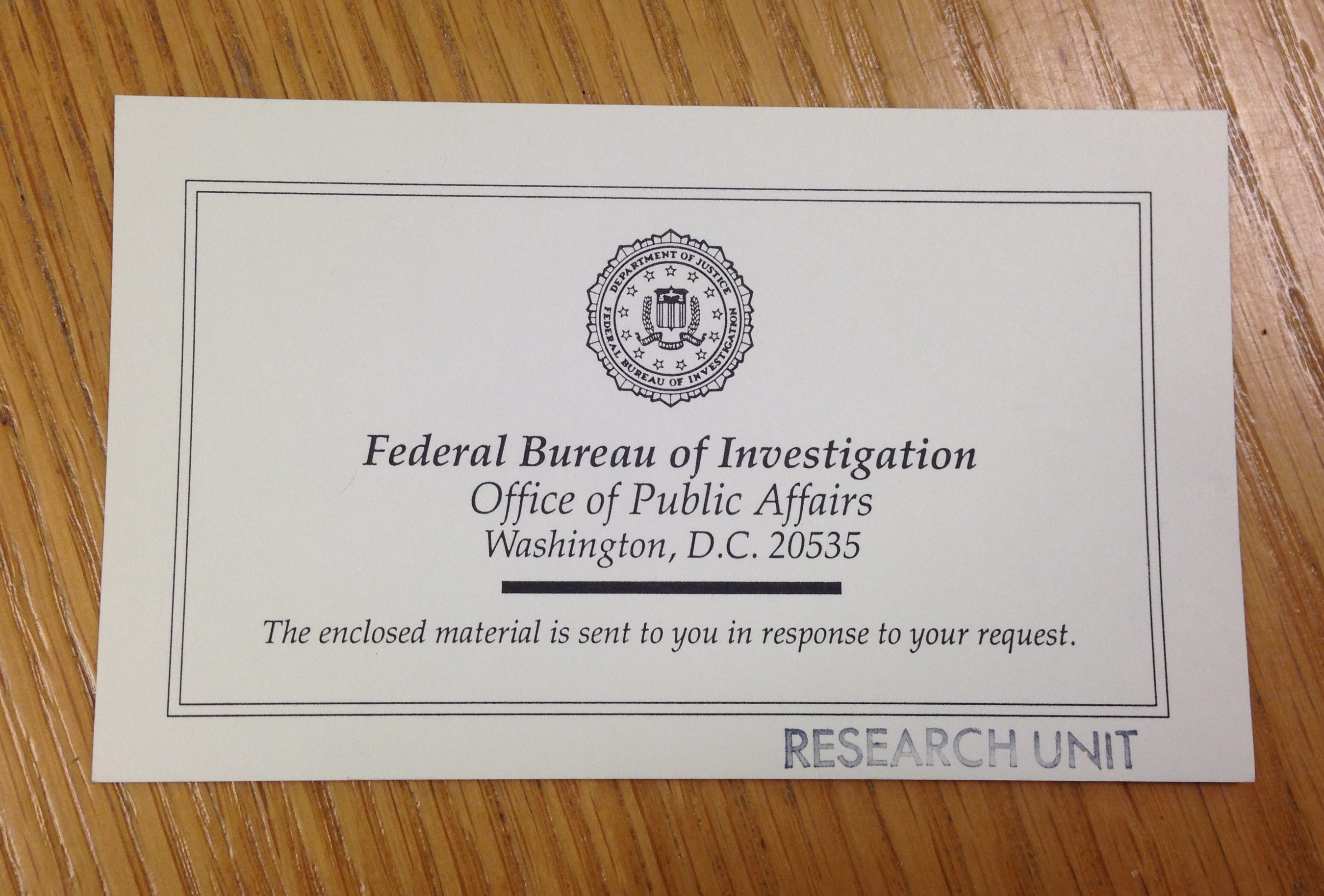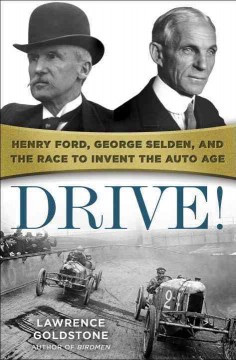Philosophy and Humor
Author Michael Perry opens by describing laying on a gurney with a kidney stone and it made him think of Montaigne. Having had a kidney stone or two in my day, I can say I didn’t do much thinking, but any and every distraction was welcome. His book in hand I thought, ‘This is someone I can learn from.’ It also had an image of Montaigne wearing an Elmer Fudd hat on the cover — how could I resist?
Michael Perry is a hick. An NPR listening one, but a bonafide bumpkin from rural Wisconsin. And his approach as a writer is a wonderful blend of Dave Berry-esque humor and E. B. White’s reflective essays on life at his farm in Maine.
But don’t be fooled by Perry’s “Aw shucks” demeanor. He dives deep into not only the works of the 16th Century French nobleman-essayist, but also into his translators, devotees, and critics, flipping through each and finding the humor and wisdom for consideration in each encounter. Honestly, I thought Perry’s book would be a collection of Montaigne’s greatest quotes with a few essays built around them, but it’s much more than that.
One thing I learned, Montaigne was 38-years-old when he started writing his essays, finding wisdom with reflection. It happens to be the birthday I’ll have this year and I probably shouldn’t ignore my own copy of Montaigne on the shelf. Over the years, I’ve read from it a couple times, opening it to dip in and out seeing what I can find. Not like a miner desperately swirling his pan for gold. More like the weird uncle pinching choice bits of meat in the kitchen before the roast goes to the table. Did Horace B. Taylor, the previous owner of my copy as a student at the University of Montana sometime in the 1950s ever open it? Judging by the crispness of the pages and the tightness of the binding, I think not.
Perry follows Montaigne into all parts of life, including Friendship, Marriage, Sex, and yes, Farts (officially funny if you were wondering.) Perry is honest, making himself vulnerable exploring all of these subjects and many more. As a reader I found myself nodding in agreement, appreciating his willingness to not hide behind the page as a writer but to lay life out for all of us, that we can connect over our common humanity. Even if it’s over fart stories.
…
RECOMMENDED
Michael Perry quotes Montaigne that the study philosophy is really a preparation for death. Perry comes to the same conclusions, thinking on experiences of his life, love marriage, children, writing, and working on an ambulance crew. After reading and loving “Montaigne in Barn Boots” is not the preparation for death but appreciate our commonalities and a better appreciation of our lives.
(c) Lincoln Journal Star
This review first appeared in print December 12, 2017








